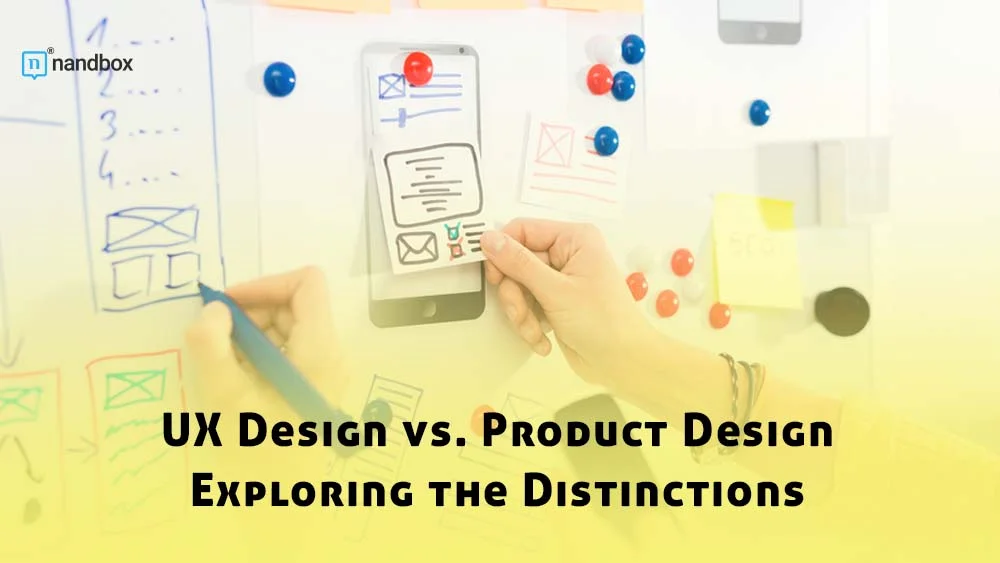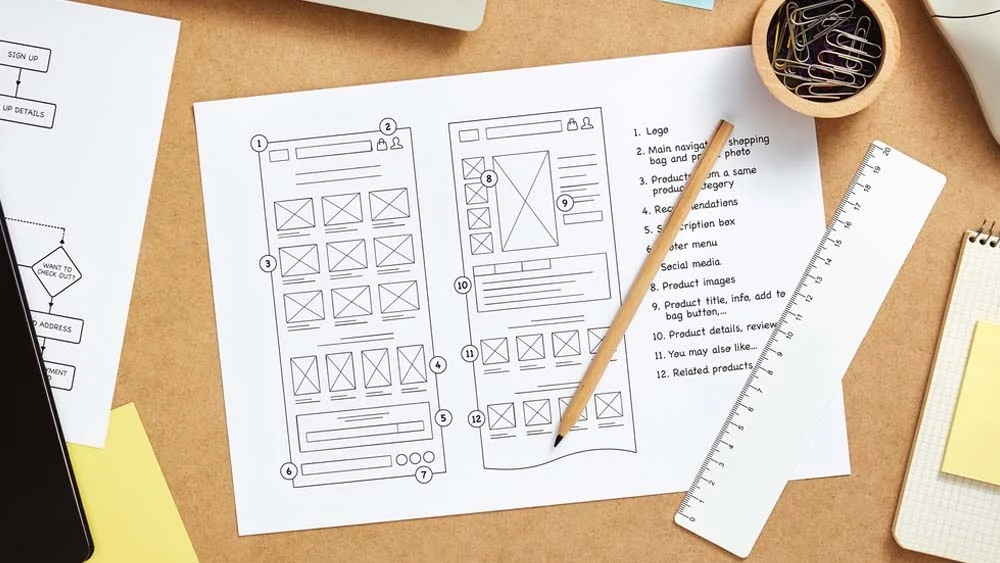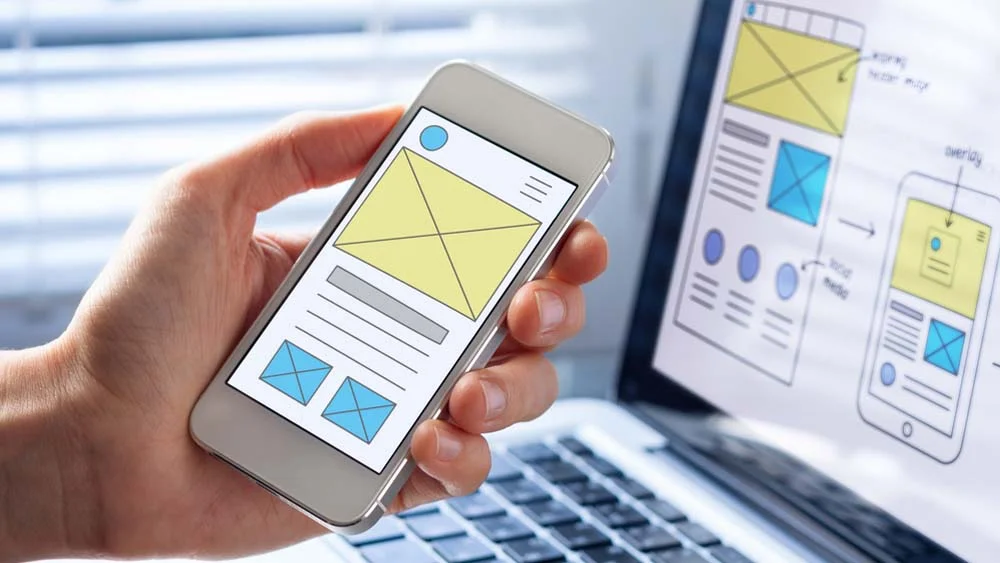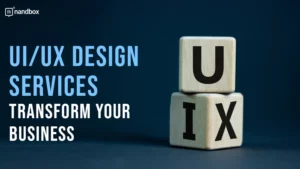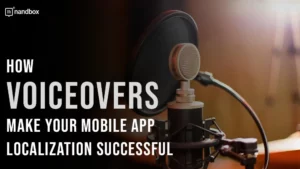Product Design vs. UX Design: What’s the Difference?
For users, the only time that looks matter is when choosing a product. Usually, users lean more toward products that are beautifully designed and constructed. No matter the nature or type of the product. When shopping, we certainly go for looks first, then consider other factors like convenience. That is why designers and the designing process are integral parts of any development process. However, for any development process, whether for tangible products, apps, or software, there are two main design processes: Product design and UX design. Both aspects are the same but different, but how? Find out more about the great battle of UX Design vs. Product Design in this article!
What is Product Design?
Starting with the more comprehensive and inclusive aspects. Product design is the process of creating and visualizing a product from scratch. When any of us get an idea, we always start by setting standards and visualizing how it is going to look. Product design involves setting standards and building any product depending on some factors, such as market and user needs. This also includes conducting many drafts and ideas, combining them, and refining them until they are in a shape that can make an end product that would satisfy users.
The Process of Product Design
1. Empathize
The first step of the product design process is empathizing. Since this process is all about satisfying users and fulfilling their needs, empathizing is necessary to be able to deliver the best end product. This step includes acknowledging everything about your users and the market. You need to know their needs, preferences, wants, etc. to start creating and constructing the product accordingly. That is why, throughout this step, extensive user research needs to be done by conducting interviews and surveys to obtain feedback.
2. Define
The second step is defining. Throughout this step, you will need to analyze all the information and feedback you gathered in the previous step. By fully analyzing, defining, and comprehending such data, you will define the main problem that your product will be tackling. Additionally, you would be able to determine the start points and initial requirements you would need for your product.
3. Ideate
The ideation step is exactly what the name implies. After defining the major problem that your product would solve and the initial requirements that the users would need to meet, you just need to know how you would accomplish that. This step includes brainstorming. Well, plenty of brainstorming. The whole design team would be included in this step, and each and every idea would be valued. In the end, the team will probably come up with the most suitable solution. This takes us to the next step, which is turning ideas into tangible reality.
4. Prototype
Prototyping is one of the most important steps in the product design process. After coming up with the ultimate solution, the product design team starts testing whether or not it is doable. This is done by creating an early product model that can show its appearance and specifications. Conducting a minimum viable product, or MVP, is ideal for this stage as it includes the core features and the main components the user would need.
5. Test
The last step of the product design process is testing. Before launching the end product to the market, extensive testing has to be executed on the final product. These tests include, for example, the usability test, which means offering the end product to a group of representatives or participants to try and gather all the feedback. This gives the product design team time to make any alterations needed to be able to launch the end product confidently.
What is UX Design?
Unlike product design, UX is more specific and concerns a precise part of the project, which is the experience. User experience, or UX, design is concerned with making the process of using a product or service as easy and satisfying as possible for the end user. As part of this process, you’ll learn about your users’ wants and needs, conduct research, and craft interfaces that are straightforward, simple, and aesthetically pleasing.
User experience designers focus on improving a product’s ease of use, readability, and overall user satisfaction to ensure it satisfies its intended customers. Together with researchers, developers, and visual designers, they work to create a unified and user-friendly final product. UX design is now witnessing great progress, with new advanced tools coming up that make the process seamless. With many no-code development platforms, UX designers can accomplish their work in a fraction of the time compared to the standard process. This efficiency has led to a surge in demand for UX design services across industries.
The Process of UX Design
1. Research and Discovery
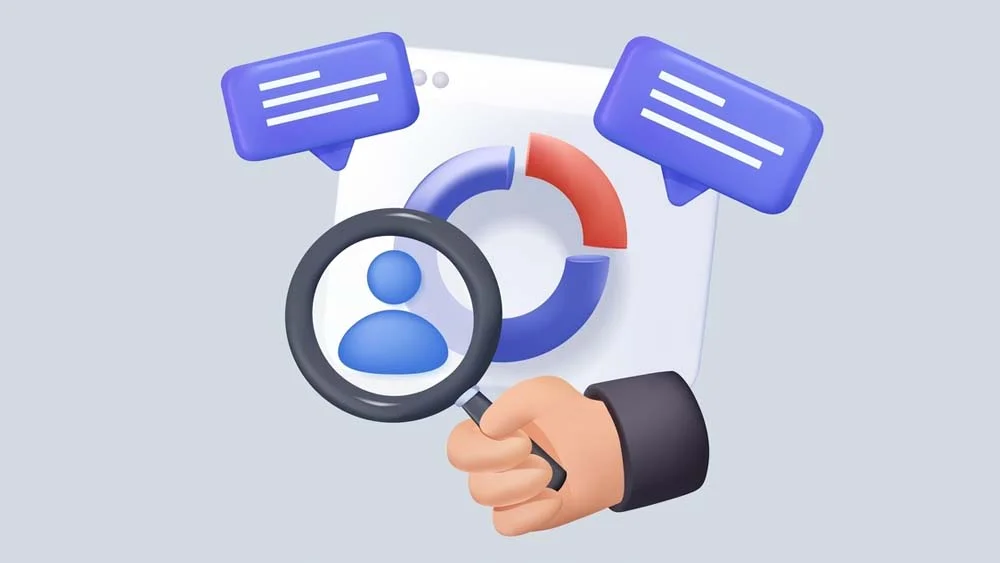
Just as in the product design process, the first step in the UX design process is also research. If this proves anything, it proves how research is an integral part of any process and all industries. This step starts with identifying the target audience. You need to first know who you are targeting and the potential users of your product. After that, you start to get a glimpse of the preferences and behavior of the users to be able to conceptualize a user experience that would fit perfectly.
2. Define Goals and Objectives
The next step is defining the goals and objectives of your final product. Setting clear objectives helps you make informed decisions about the whole process and what comes next. This step also involves creating user personas, which are fictional characters that represent your target audience. Depending on these personas, designers start creating a full picture and tailoring the whole user experience based on the users’ needs
3. Sketching and Wireframing
Sketching and wireframing are very essential, as they help designers visualize the concept throughout the process and see how the user experience is going to look. Both aspects are very basic design techniques used in the first steps of UX design and only include low-fidelity sketches that present the layout and structure of the whole end product.
4. Prototyping
Prototyping is a more advanced form of sketching and wireframing. In this step, designers turn into more interactive and high-fidelity models that allow them to go through the user experience and try it themselves. It also evaluates the usability of the end products.
5. Visual Design
After evaluating the usability and the final structure and layout, the designer starts to visually design the product. This includes choosing the visual style, layout, visual programming language, set of tools, etc. They also start setting up all UI elements and components, such as typography and colors.
6. Development and Implementation
Once the visual design is done, designers start collaborating with the development teams in order to ensure that everything is in the right place and not interfering with any other components. Both teams confirm that all the visual elements are working accordingly and efficiently.
7. Launch and Evaluation
The last step is launching the end product for users. However, it doesn’t end there. With more users starting to use the app or software, some problems may surface or suggestions to make the UX better. Thus, designers keep evaluating and gathering user feedback to improve the user experience. So, we can say that the evaluation is a non-stopping step.
Why User Experience (UX) Is Crucial for Product Development
User experience plays a crucial role in product development as it directly impacts user satisfaction, engagement, and ultimately the success of the product. A well-designed user experience can differentiate a product from its competitors, attract and retain users, and drive positive business outcomes.
Users are more likely to successfully complete their tasks if they are presented with a smooth and effortless interface. It improves usability by giving users precise directions, simple navigation, and quick responses. Satisfied customers are more likely to return again and spread the word about a product. Thus, you would enjoy the grand impact of good word-of-mouth
Furthermore, usability is only one aspect of the user experience. It includes the user’s experience with the product on a deeper, more personal level. UX designers can create experiences that evoke positive emotions, satisfy users, and foster long-term engagement if they take the time to learn about their users’ preferences, wants, and common issues.
UX Design vs Product Design: Key Differences
While UX design and product design are closely related, they have distinct focuses and areas of expertise.
In UX design, the focus is on the end-user and how they will interact with the product or service. It involves learning about the user, making made-up representations of the user (“user personas”), and designing interfaces that fit the user’s thought patterns.
On the other hand, product design is more comprehensive, covering all stages of the product’s creation. It takes into account not only the user’s needs but also the company’s, the market’s, and the technology’s. Designers are accountable for setting the product’s guidelines, developing the product’s future vision, and making sure the final product satisfies both customers and businesses.
While user experience designers pay close attention to the product’s usability and how it works in practice, product designers think about the product in its entirety. It is their job to ensure that the user’s experience is consistent across all of the various channels and touchpoints that the product uses.
How UX Design and Product Design Work Together
UX design and product design are two separate but related fields that collaborate to deliver remarkable user experiences. Product design considers the entire product ecosystem, while user experience design narrows in on the needs of individual users.
To make sure the user’s wants and needs are met, UX designers work closely with product designers. They contribute insightful ideas and useful research findings that help shape the product’s vision and determine which features should be prioritized. Product designers and UX designers collaborate closely to develop user flows and wireframes that support the product’s overarching framework and strategy.
In contrast, product designers take UX design principles and work them into the overall product strategy. They guarantee that the same high quality of service is maintained across all channels of interaction with the brand, including the website, mobile apps, and actual goods. When designing a product, product designers weigh the wants of consumers against practical concerns like production costs and time limits.
Final Thoughts
All the processes included in either app, website, or product development are very interconnected. If one is not conducted correctly, the other will fail, and so on. As you can say, at first you may have thought that product design has nothing to do with UX design. But now that you have gone through the UX Design vs. Product Design comparison, you can understand the significance of both. That is why it is very important to pay close attention to the validation of all the stages of the development lifecycle to ensure an effective development process with sound outcomes.

